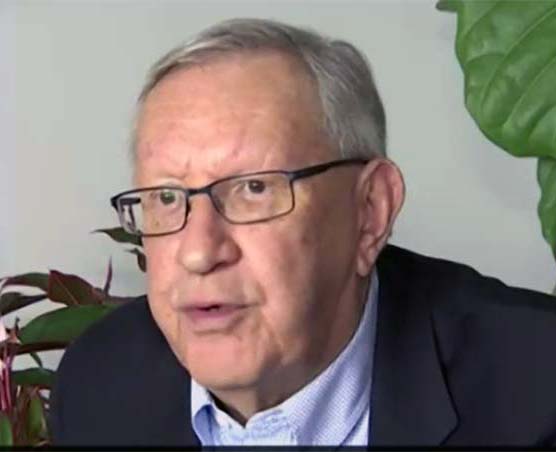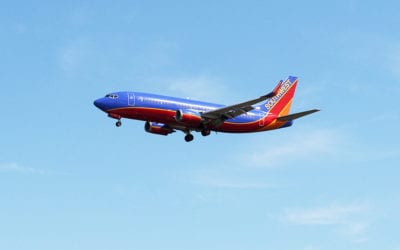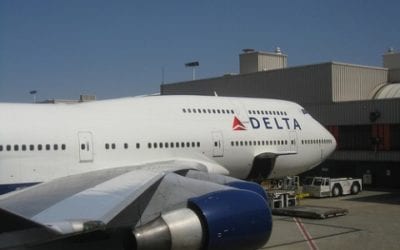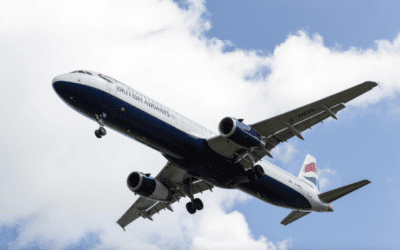Floating Architecture Docks in Shanghai
Shanghai is betting that the cruise ship business in Asia will continue to expand in the future as it has in the recent past increasing 900 percent in four years. Some are betting that Shanghai has overcommitted to the coming boom, but the city is moving forward with its plans.
SPARCH Architects, in charge of the master plan for Shanghai’s new cruise-ship terminal, has released renderings of its crown jewel: a collection of pod-like restaurants and bars suspended by cables from a 130-foot-high, glass-clad archway. The so-called “Shanghai Chandelier” was designed in part in response to some Shanghai city planners’ desire to open up the notoriously jam-packed city in anticipation of the 2010 Expo, themed around “Better City, Better Life.”
About 150,000 cruise tourists came through the port in 2008. The new terminal is built to handle a yearly load of 1.5 million. Will it have to? It’s designed around 88,000-ton ships–huge, but not as big as behemoths like Royal Caribbean’s 220,000-ton Oasis of the Seas.
Most big ships … go to Hong Kong, or another port on the mouth of the Yangtze, outside of Shanghai. Royal Caribbean says it’ll use smaller, “intimate cruise ships” in the new port–a fitting oxymoron for a city bent on balancing smart urbanism with boomtown extravagance.
After blizzards, untangling a knotted system
The airlines are being hoisted on their own petard as they simultaneously unbundle fees and during weather events try to be proactive with flight cancellations. The software within the industry has not caught up with the ugly reality and the airlines are not releasing all of their fee structures to travel agents and GDSs. This means that anyone rebooking flights through their travel agents, as required by airlines to avoid additional fees, cannot rebook the non-refundable fees paid online prior to their flights.
… a lot of business travelers had to struggle to rebook seats or make new reservations in a system that has no slack whatsoever because airlines have been steadily reducing capacity in recent years to cut costs.
How many travelers were affected? A good estimate would be about two million people.
Now consider that in many cases, passengers had prepaid not just the fare, but also some of those ancillary fees, like charges for checked bags and priority seat selection. And consider that as airlines merge more flight operations within various alliances, rebooking a flight sometimes means you may fly on a different carrier that uses a different type of plane. So that priority seat you paid for may not be available now.
What a mess. And sorting it out, as airlines come up with new fees for various services in a process called fare unbundling, is increasingly frustrating to corporate travel managers, fare distributors, travel agents and, of course, passengers.
An American Airlines captain is running for governor of Vermont
In an unusual move, one of American Airlines’ pilots is running for governor of Vermont. Brian Dubie is already Vermont’s Lt. Governor. He is already one of the highest ranking aviators in the political ranks of our country.
When he arose before a joint session of the Vermont legislature to introduce the governor’s budget address, Dubie had recently returned from a two-day trip as captain of an American Airlines MD-80. Just a few days earlier, he was shooting a Category III approach into Dallas with a runway visual range of 800 feet and 142 souls on board; the airplane in line to land after him missed the approach. Add to that the FAA examiner who rode along for one of the legs of his trip, and Dubie had handled his share of pressure.
Some people are just structured to make decisions, he said, and pilots are among them. “We don’t really have the luxury of having a bad day,” he said.

Charlie Leocha is the President of Travelers United. He has been working in Washington, DC, for the past 14 years with Congress, the Department of Transportation, and industry stakeholders on travel issues. He was the first consumer representative to the Advisory Committee for Aviation Consumer Protections appointed by the Secretary of Transportation from 2012 through 2018.




